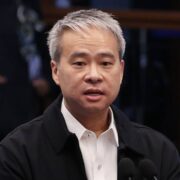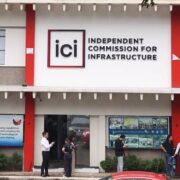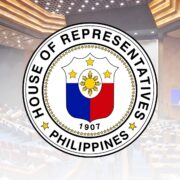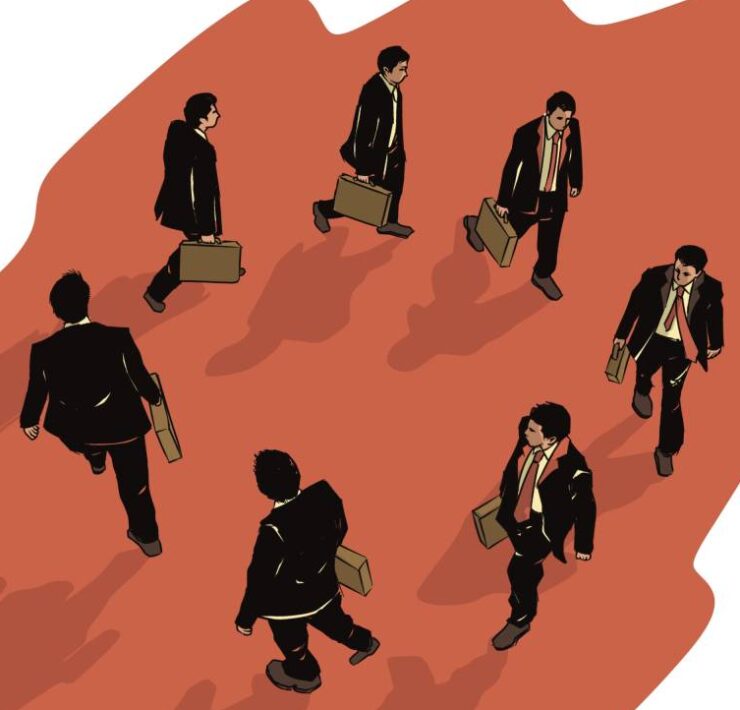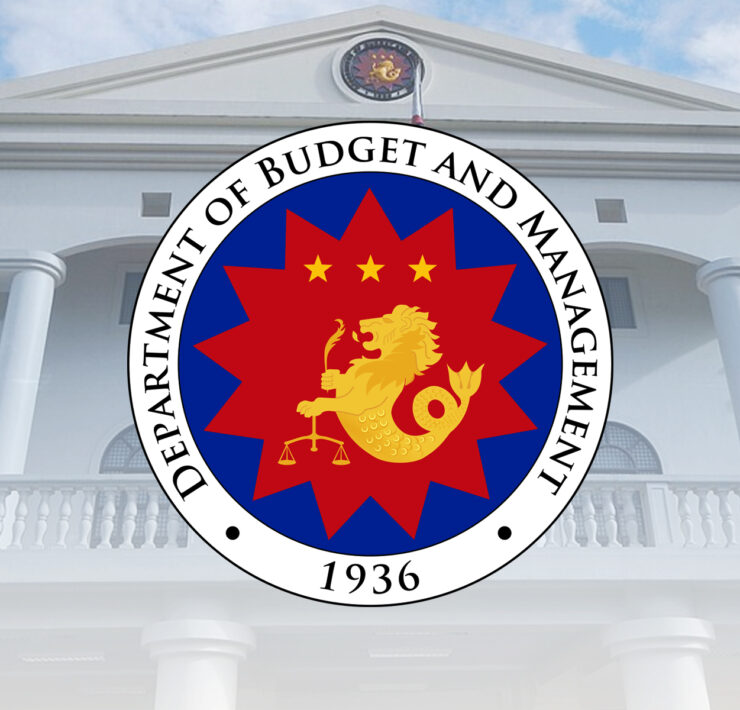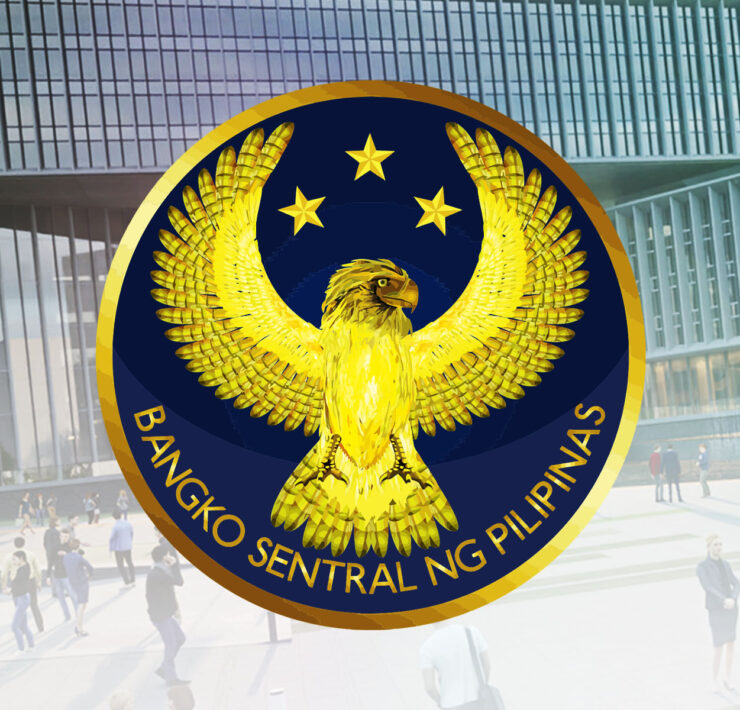PH seen to miss 2026 growth goal amid US tariff, graft crackdown

Economic growth next year is expected to fall well below the Marcos administration’s target as the country contends with mounting headwinds—from US protectionist measures to a widening corruption probe that could extend beyond flood control projects.
In a note to clients, BMI Country Risk & Industry Research, a unit of the Fitch Group, sharply cut its growth forecast for the Philippines to 5.2 percent in 2026 from an earlier estimate of 6.2 percent, warning that risks remain “skewed to the downside.”
If realized, growth next year would fail to hit the state’s 6 to 7 percent target.
BMI said domestic consumption—which has historically driven about 70 percent of gross domestic product (GDP)—could come under pressure from weaker remittance inflows, as tighter US immigration policies and a 1-percent tax on money transfers originating from America starting in 2026 could weigh on household income.
The firm added that higher US tariffs were likely to further strain the country’s external trade position and dampen investor confidence, potentially curbing inflows of job-generating foreign capital.
The US has imposed a tariff rate of 19 percent on Philippine goods, with no reciprocal duties on American goods.
Floodgate scandal
At home, BMI said the deepening probe into alleged corruption in state-funded flood control projects posed another risk to growth.
“Should the ongoing probe uncover corruption across other infrastructure projects beyond flood control, it could lead to even tighter scrutiny on government spending and reduce spending substantially below fiscally programmed levels,” BMI said.
Economy, Planning and Development Secretary Arsenio Balisacan had said the government remained committed to its growth target of 5.5 to 6.5 percent for 2025, expressing confidence that the lower end of the band was still attainable.
But BMI estimated that the economy may grow by just 5.4 percent this year, arguing that investment would likely stay subdued in the second half “given the uncertain global environment and weak infrastructure spending.”
In a separate commentary, Jason Tuvey, deputy chief emerging markets economist at London-based Capital Economics, said even if the corruption scandal does not spark broader unrest, a more aggressive government crackdown on graft could dampen investment as well as purchases of luxury goods and services.
Tuvey added that individuals with ill-gotten wealth may seek to move their assets abroad, potentially triggering a spike in capital outflows and adding pressure on the peso. In this regard, he said, government oversight of the financial system would be crucial.
If economic activity does weaken, Tuvey noted, the government would still have room to provide policy support, as public debt remains at manageable levels.
But he warned that populist measures could fuel investor risk aversion and undermine fiscal stability.
“The recent widening of the current account deficit, with the shortfall now equal to around 4 percent of GDP, leaves the peso vulnerable to a deterioration in investor sentiment towards the Philippines,” he said.




